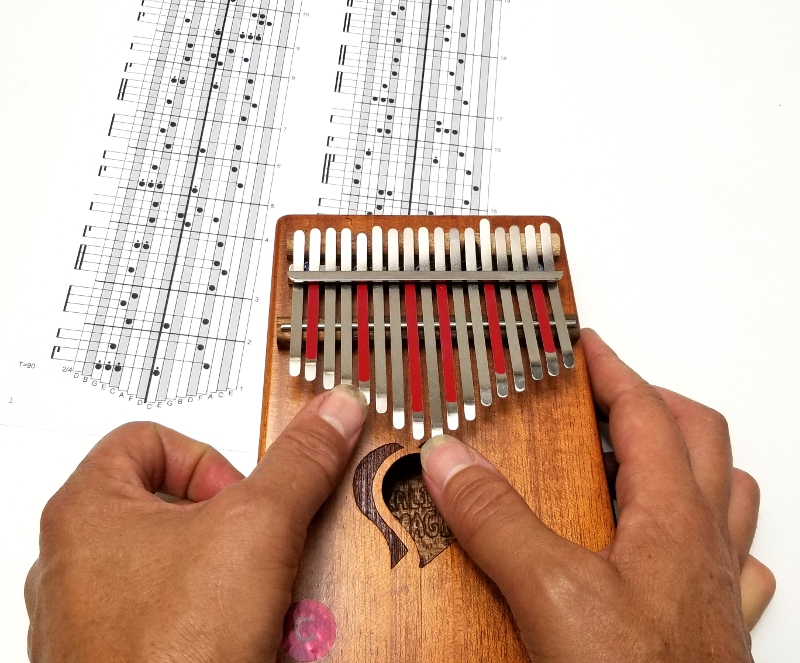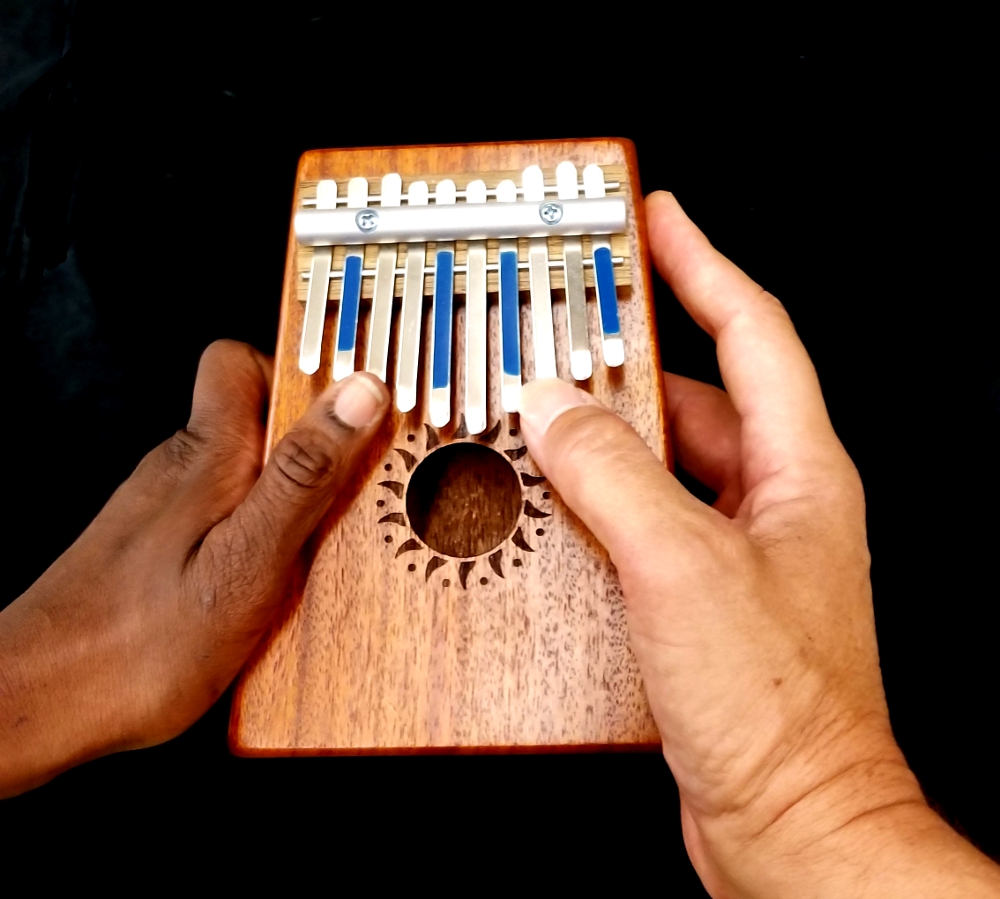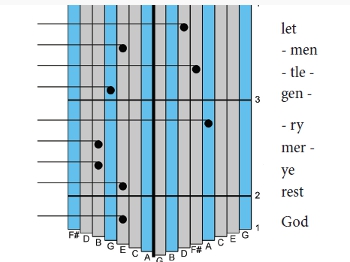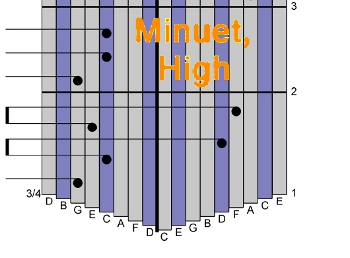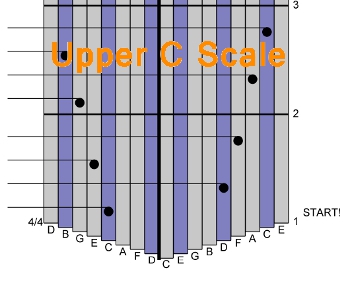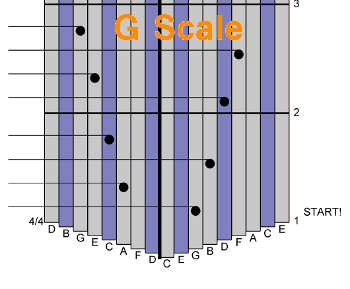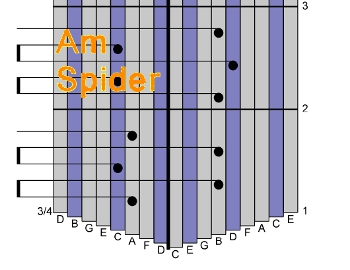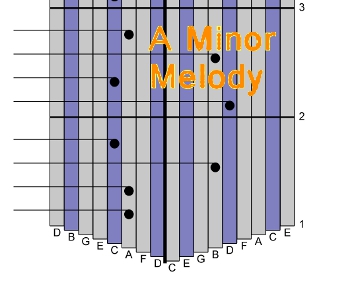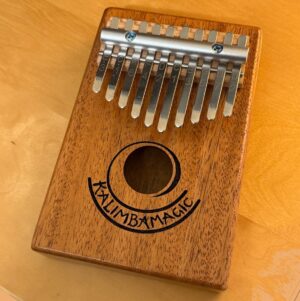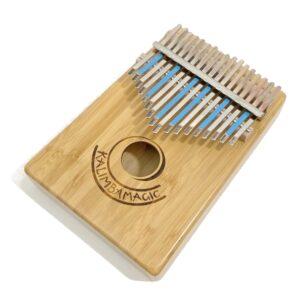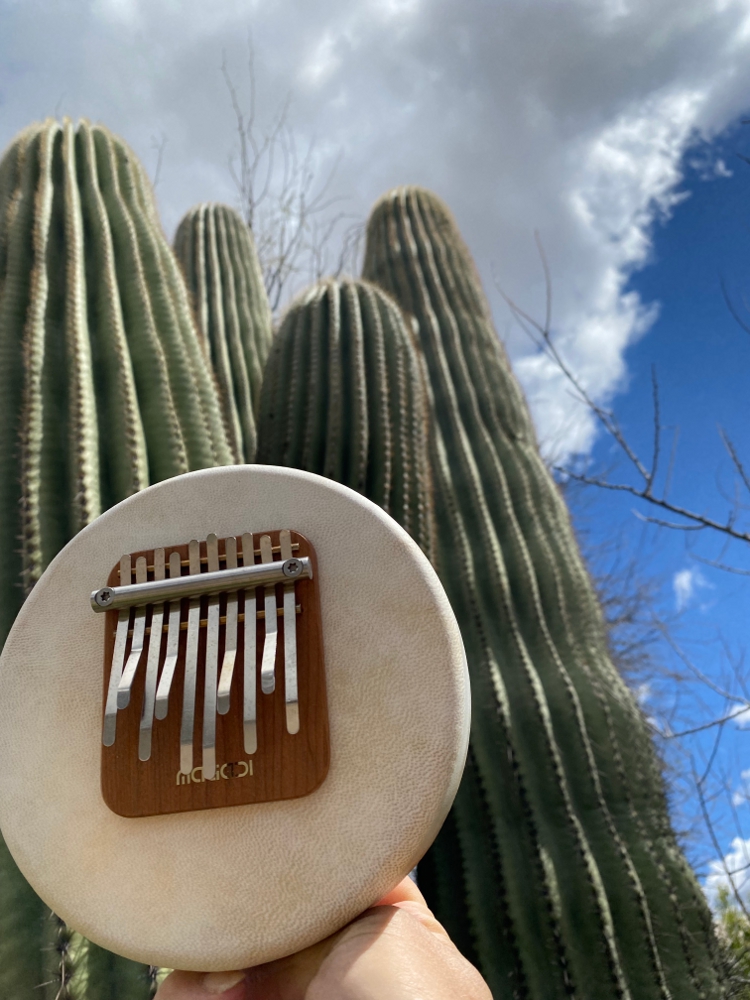
Seek to Infuse Your Musical Moments With Beauty and Magic
If you play music long enough, you will learn that not all musical moments are created equally. Sometimes, the music is magical. It is a blessing to get to experience magical musical moments in any capacity… but it is truly amazing when a magical musical moment just happens to you. It doesn’t matter if you are a high functioning musician or a novice player. If you play long enough in a sitting, you might find that your playing is getting better and better. I love it when I can feel my mind and body learning, improving… sometimes day by day, but also sometimes hour by hour, or even minute by
